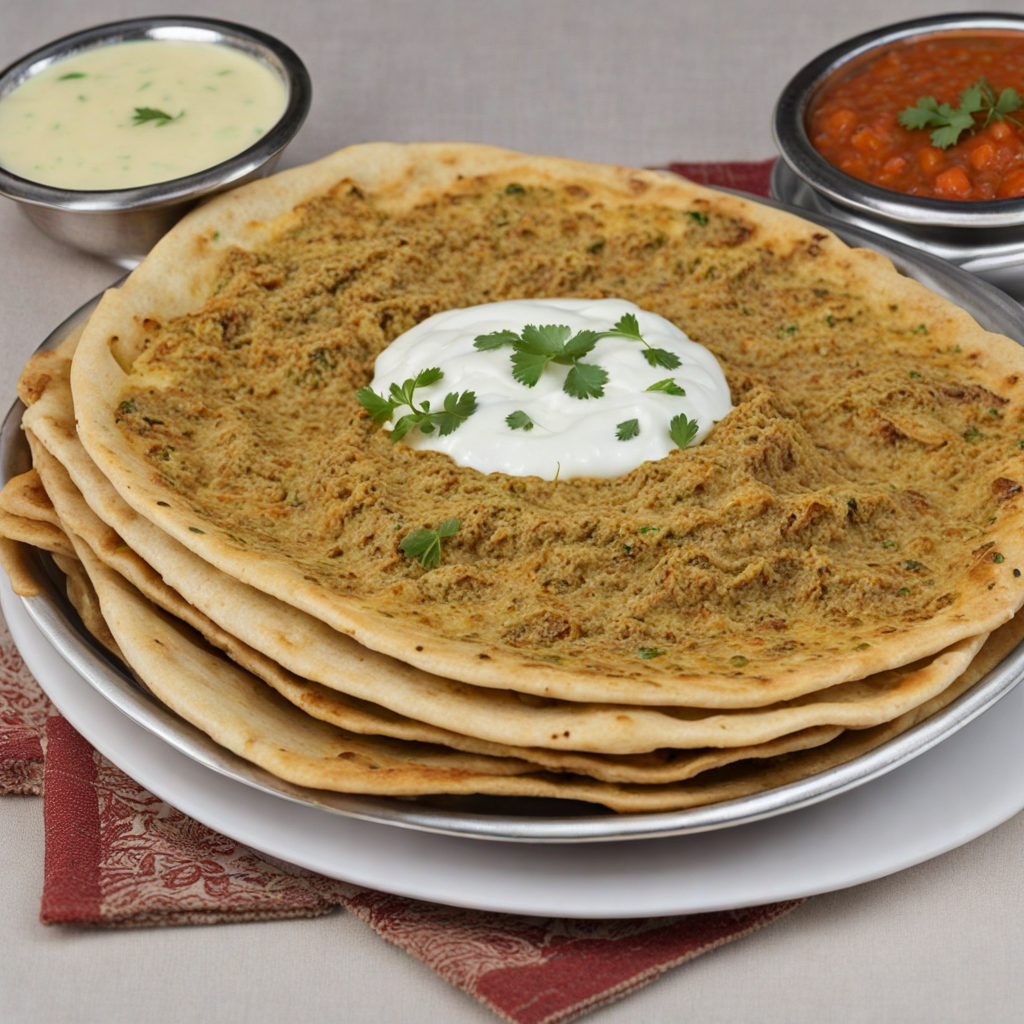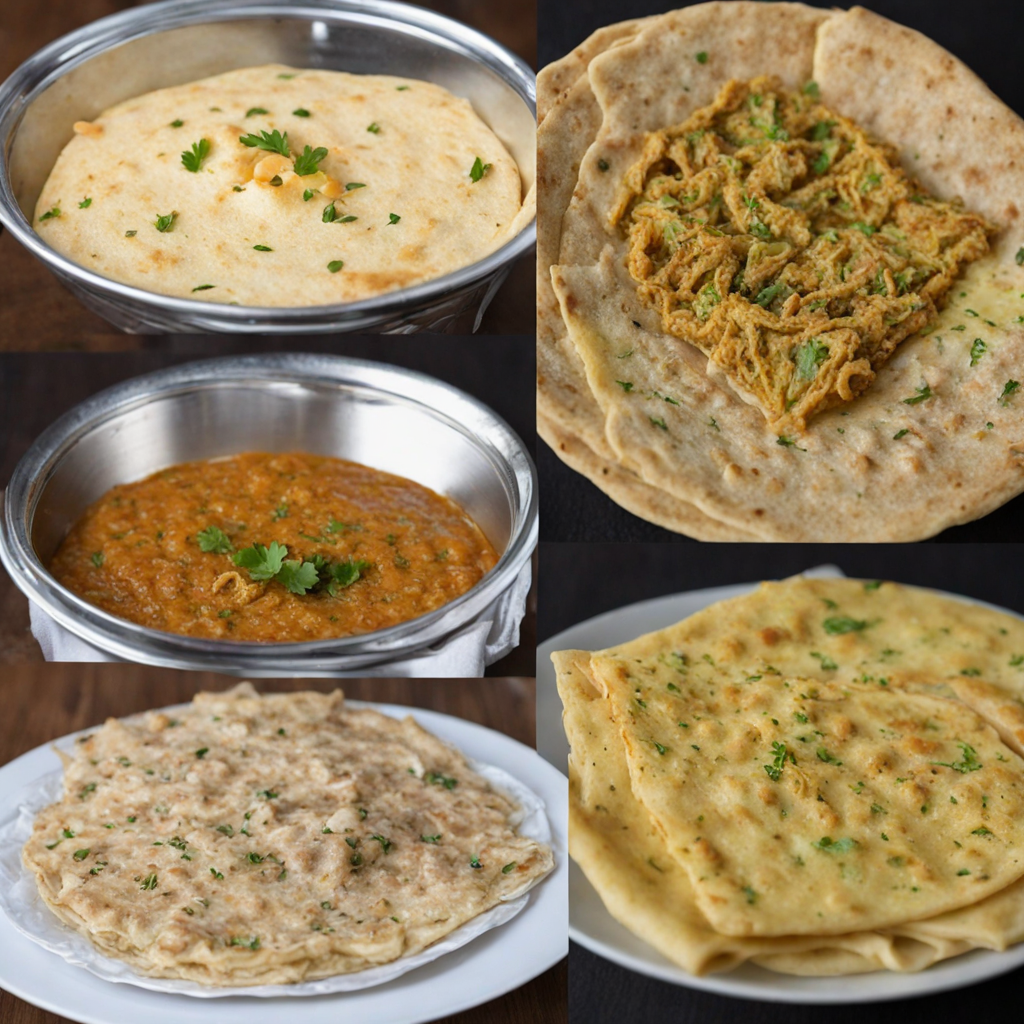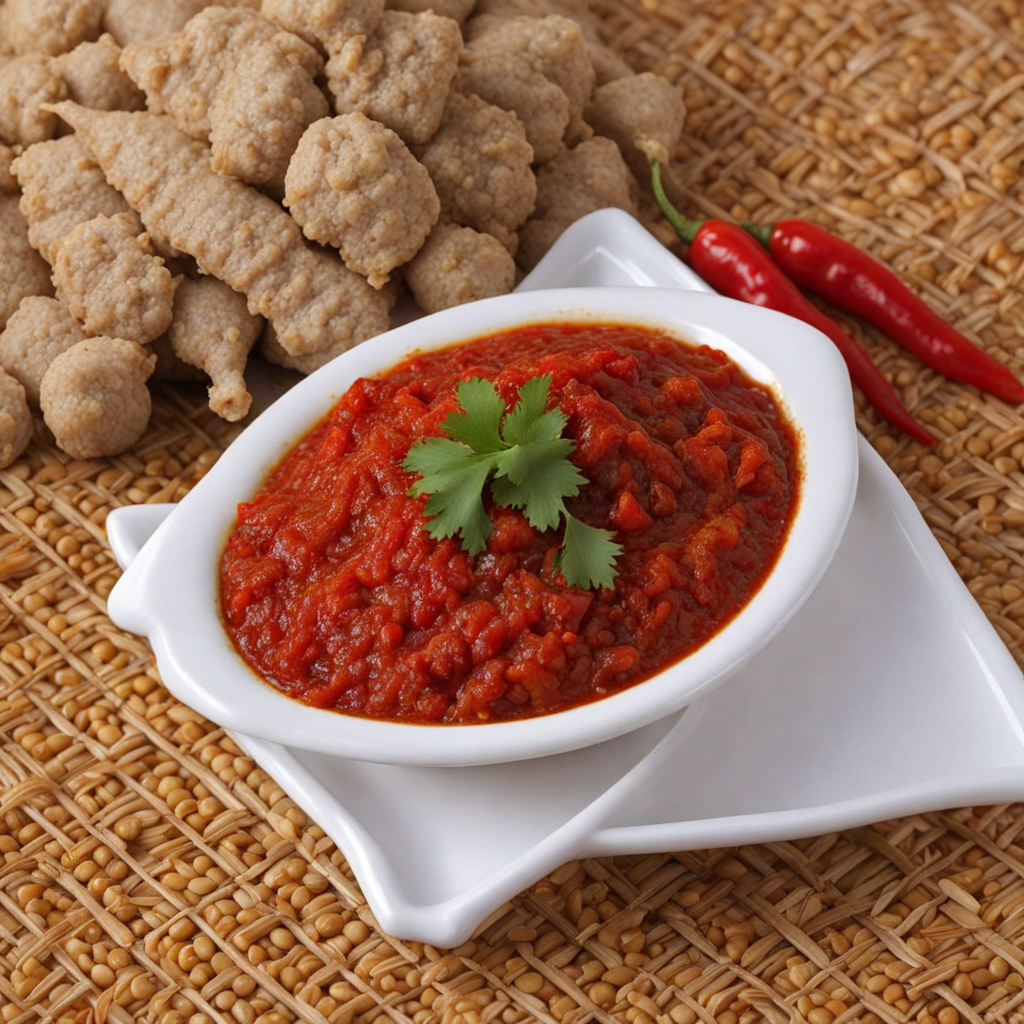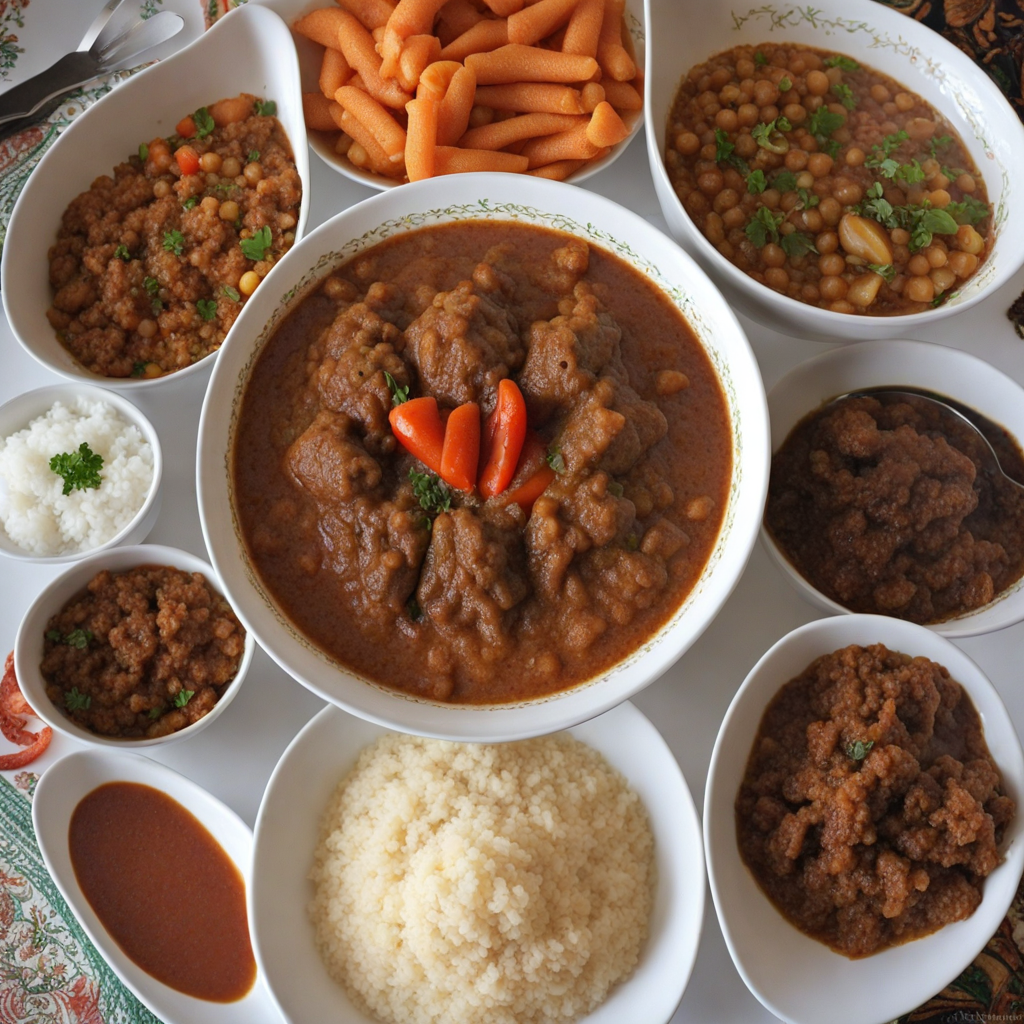Fitfit
Fitfit is a traditional Sudanese dish that showcases a delightful blend of flavors and textures. At its core, Fitfit consists of torn pieces of flatbread, usually made from wheat or sorghum, which are soaked in a rich and savory sauce. This sauce is often flavored with spices such as cumin, coriander, and chili, providing a warm and aromatic base that complements the bread beautifully. The dish is typically served with a variety of toppings, including fresh vegetables, herbs, and sometimes protein such as chicken or lamb, making it a versatile and satisfying meal. What sets Fitfit apart is its unique combination of ingredients and the way they come together to create a harmonious dish. The soaked bread absorbs the flavorful sauce, resulting in a hearty and comforting texture that is both soft and slightly chewy. The addition of fresh vegetables, like tomatoes and onions, adds a refreshing crunch, while herbs like parsley or mint provide a burst of freshness. Each bite offers a delightful contrast between the warm, spiced bread and the cool, crisp toppings. Fitfit is not only a delicious dish but also a reflection of Sudanese culture and hospitality. It is often enjoyed during communal meals, where family and friends gather to share food and stories. The process of tearing the bread and mixing it with the sauce encourages a sense of togetherness and connection. For anyone looking to explore new tastes, Fitfit is a must-try dish that captures the essence of Sudanese cuisine, offering a unique and memorable culinary experience.
How It Became This Dish
The History of 'فتفت' (Fatit) in Sudan Introduction to Fatit Fatit, or فتفت in Arabic, is a traditional Sudanese dish that holds a special place in the hearts and homes of the Sudanese people. Known for its comforting flavors and communal preparation, Fatit is more than just a meal; it is a representation of Sudanese culture, history, and identity. This dish, often made from leftover bread and a rich sauce, gives us insight into the resourcefulness and culinary traditions of Sudan. Origins of Fatit The roots of Fatit can be traced back to Sudan's ancient agricultural society. Sudan’s history is rich with agricultural practices that led to the cultivation of staple crops such as sorghum and wheat. Bread, particularly the round, flat bread known as 'Aish' or 'Eish', became a staple in Sudanese households. The practice of reusing leftover bread dates back centuries, as preserving food was essential in a region where scarcity could often occur due to harsh environmental conditions. Fatit likely evolved as a way to avoid waste, reflecting a broader culinary tradition across many cultures of utilizing leftover ingredients. This resourcefulness is emblematic of Sudanese culture, where community and family values encourage sharing and minimizing waste. The use of stale bread in Fatit symbolizes a connection to the past and a respect for resources, becoming a popular way to repurpose food into something delicious and new. Cultural Significance In Sudan, food is not merely sustenance but an integral part of cultural expression and social bonding. Fatit is often enjoyed during family gatherings, celebrations, and communal meals, reinforcing the idea of togetherness. The dish is typically prepared with family members involved in the cooking process, fostering an environment of cooperation and unity. Fatit is also a dish that transcends socioeconomic boundaries. It can be found in both urban and rural areas, enjoyed by families from diverse backgrounds. The adaptability of the dish allows it to be modified based on available ingredients, making it a comfort food that resonates with many Sudanese people. Additionally, Fatit is often served during the month of Ramadan, reflecting the importance of sharing meals during this holy time. The communal aspect of preparing and eating Fatit during iftar (the evening meal that breaks the fast) highlights its role in fostering community spirit and familial bonds. Ingredients and Preparation The quintessential components of Fatit include leftover bread, typically made from wheat, which is cut or torn into pieces and then soaked in a savory sauce. The sauce is often made from a blend of spices, tomatoes, and sometimes meat or vegetables, creating a rich and hearty flavor profile. The preparation of Fatit can vary significantly across regions and families, as each cook brings their unique touch and preferences to the dish. Some may add lentils, chickpeas, or even fried eggplant, while others might include spicy chili for an extra kick. This versatility allows Fatit to be a reflection of local ingredients and personal tastes, making every version distinct and special. Typically, the bread is combined with the sauce and left to soak until soft, allowing the flavors to meld. It is often served warm, sometimes garnished with fresh herbs or additional spices, making for a comforting and satisfying dish. Development Over Time Throughout Sudan's history, various socio-political changes have influenced culinary practices, including the preparation of Fatit. The movement of people across regions and the introduction of new ingredients through trade have led to variations of the dish. The influence of neighboring countries and cultures can be seen in the spices used and the additional ingredients that may accompany the traditional Fatit. The 20th century brought about significant changes in Sudan, including urbanization and shifts in dietary patterns. With more people migrating to cities, traditional cooking methods began to adapt to modern conveniences. While Fatit remained a beloved dish, its preparation evolved as urban families sought quicker methods of cooking. Instant sauces and pre-packaged ingredients became more common, albeit with some purists lamenting the loss of traditional techniques. In recent years, there has been a revival of interest in traditional Sudanese cuisine, spurred by a growing movement to preserve cultural heritage. Younger generations are learning from their elders, embracing the art of cooking dishes like Fatit, and sharing them with friends and families. This resurgence is part of a larger trend in which people seek authenticity in their culinary experiences, valuing the stories and traditions behind the food they enjoy. Conclusion Fatit is a dish that beautifully encapsulates the essence of Sudanese culture and history. From its humble origins as a means to utilize leftover bread to its role as a beloved communal meal, Fatit reflects the values of resourcefulness, family, and tradition. As Sudan continues to evolve, so too does the story of Fatit, adapting to modern influences while remaining a cherished comfort food that brings people together. Exploring the history of Fatit offers a glimpse into the heart of Sudanese culinary practices, revealing how food serves as a conduit for cultural identity and social connection. In a world that often seems fast-paced and disconnected, the preparation and enjoyment of Fatit remind us of the importance of community, heritage, and the simple joys of sharing a meal with loved ones.
You may like
Discover local flavors from Sudan







